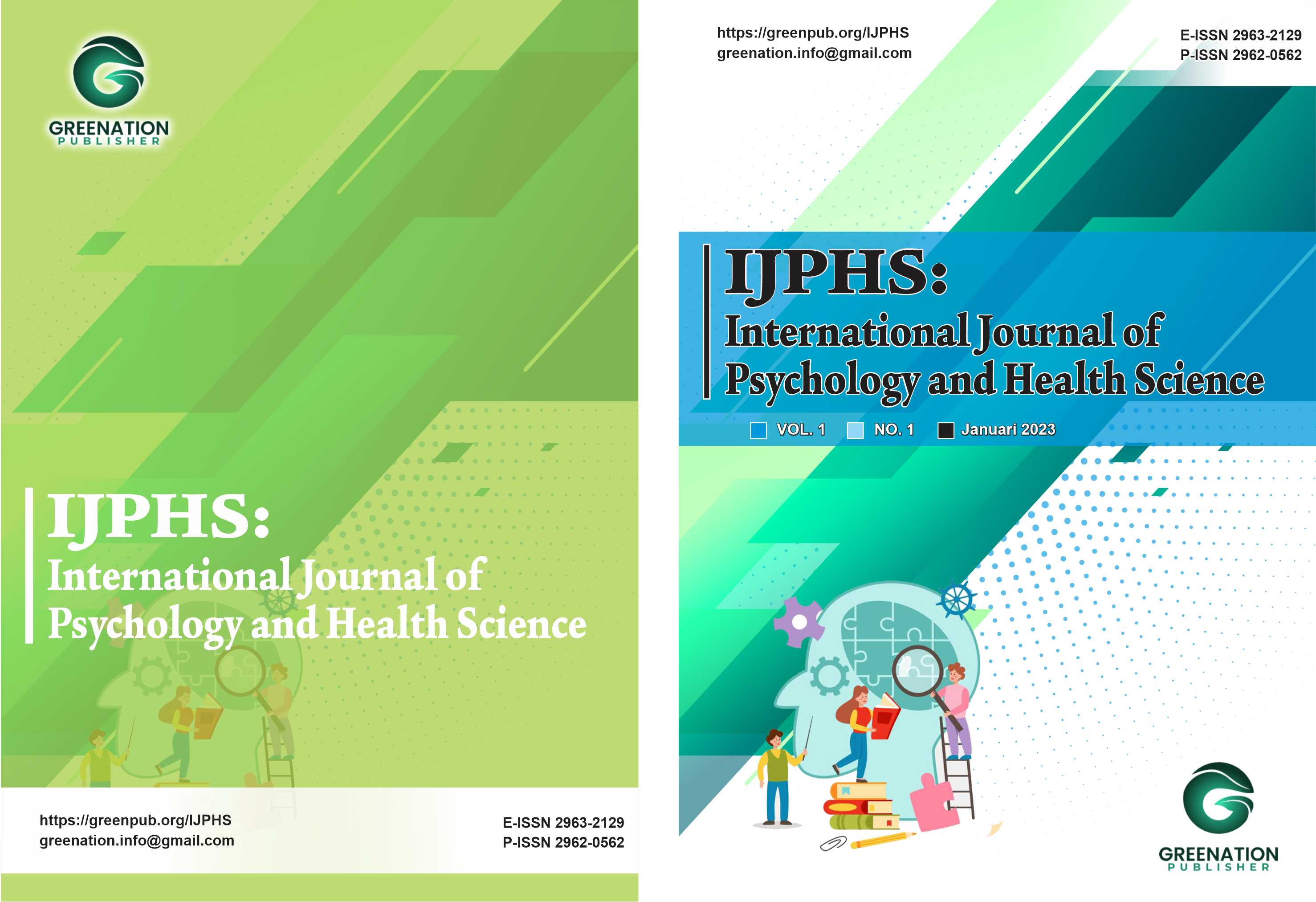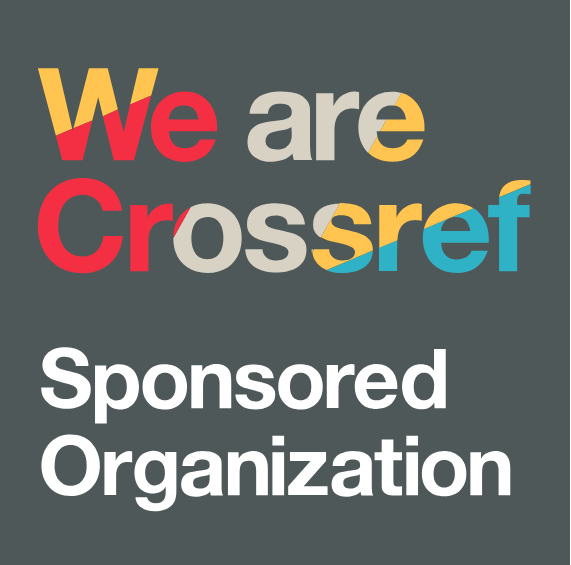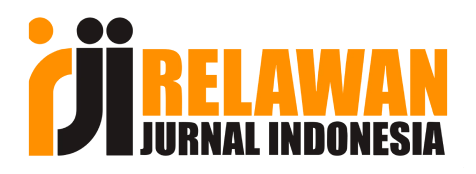Competency and improvement needs of clothing and textiles students in body measurement for large scale garment production in Nigeria
DOI:
https://doi.org/10.38035/ijphs.v3i4.1401Keywords:
Competency, Improvement Needs, Clothing and Textiles, Students, Body Measurement, Garment ProductionAbstract
This study examined the competency and improvement needs of clothing and textiles students in body measurement for large scale garment production in Nigeria. The purpose of the study was to determine the demographic profile, competency improvement needs in illustration of styles and body measurement. Three research questions and hypotheses guided the study respectively. Ex post facto research design was adopted using survey method. Population size was 363students in four tertiary institutions in Anambra State and due to the manageable size of the respondents, there was no sample and all the students were used for the study. Instrument for data collection was structured questionnaire and dad was analyzed with frequency counts, percentages, mean () scores, Standard Deviation (SD), Improvement Need Index (INI), and t-test statistical tools. Findings showed that more females engage in its teaching and learning Clothing and textiles area of specialization while there were few male students. Findings also shows that students have high improvement needs for all the competencies on illustration of styles and 11 competencies on body measurement for large scale garment production. There was no significant difference between the mean () need ratings of male and female students in illustration of styles and body measurement for large scale garment production It was concluded that it is important that fashion designers needs competency improvement for optimal productivity. Therefore, it became imperative that more males be encouraged to enroll in this skill oriented vocational course by giving them scholarship and grants, and well-equipped modern laboratories for skill acquisition and mastery.
References
Agadagba, L.A. (2019). Home Economics students’ knowledge of computer-aided design teaching of garment pattern making in Colleges of Education in Delta State. An unpublished M.Ed. Dissertation submitted to the Department of Vocational Education (Home Economics Unit), Delta State University, Abraka.
Aldrich, W. (2008). Metric pattern cutting for women’s wear. Oxford: Blackwell Science.
Alika, I.J. & Aibieyi, S. (2014). Human Capital: Definitions, approaches and management dynamics. Journal of Business Administration and Education, 5(1), 55-78.
Almendarez, L. (2011). Human Capital Theory: Implications for Educational Development. Retrieved on 7th November, 2020 from https://www.open.uwi.edu/sites/default/files/bnccde/belize/conference/papers2010/almendarez.html
Amankwa, J., Gbadegbe, R.S., Gbetodeme, S. & Agra, F.E. (2015). Improving the skill component of Clothing and Textiles among students in Second Cycle Institutions in Ghana and its effect on the Polytechnic fashion student. A Case Study of OLA Girls, Mawuko Girls and Mawuli Senior High School in Ho, Ghana. Journal of Education and Practice, 6(27), 20-27.
Arubayi, D.O. (2003). Problems confronting the teaching of Clothing and Textiles in tertiary institutions. Journal of Educational Research and Development, 2(1), 53-62.
Ashdown, S.P. (2007). Sizing in clothing: Developing effective sizing systems for ready to wear clothing. Cambridge, England: Wood Head.
Avedian, A. (2014). Survey design. Harvard Law School. Retrieved on 10th May, 2021 from http://hnmcp.law.harvard.edu/wp-content/uploads/2012/02/Arevik-Avedian -Survey-Design-PowerPoint.pdf
Azonuche J.E. (2019). Establishment of Mean Body Dimension of Adolescent Girls’ Block Pattern: A Panacea for School Uniform Production in Agbor Metropolis of Delta State. Benue State University Journal of Education(BSUJE). Vol. 19 (1) Pp 9-16.
Azonuche, J.E (2015), Apparel Construction Skill required by Senior Secondary Graduates for Entrepreneurship in Ika South Local Government Area of Delta State. Delsu Journal of Educational Research and Development (DJER.). Vol 2 (2).Pp. 319-327
Azonuche, J.E. (2015). Availability and utilization of ICT in Clothing and Textiles Education for effective Technical Vocational Education and Training (TVET). Nigeria Vocational Association Journal (NVAJ), 20(2), 1-12.
Azonuche, J.E. (2021). Influence of family background on the academic performance of married female students in Clothing and Textiles in Nigeria's Universities. Journal of Educational and Social Research, 11(4), 118-124.
Babalola, K.N. (2003). Capitalism and freedom. London: Oxford University Press.
Becker, G. (1964). Human capital: A theoretical and empirical analysis, with special reference to education. New York: Columbia University Press.
Bhati, M. (2011). Basics of pattern making. Retrieved on 19th August, 2020 from https://www.fibre2fashion.com/industry-article/5658/basics-of-pattern-making
Bhati, M. (2018). Basics of pattern making. Retrieved February 29th, 2018 from www.fibre2fashion.com.
Bond, T. (2008). Computerized pattern making in garment production. Retrieved on 4th May, 2021 from https://www.sciencedirect.com/topics/engineering/body-measurement
Charway, A.S. (2002). Encouraging Vocational Education in Ghana (III). Daily Graphic, 7, 2-4.
Ekong, M.O. & Kennedy, G.W. (2019). Students’ skill acquisition in garment making in colleges of education in Nigeria for lifelong learning: A perspective of parental variables. International Journal of Advanced Education and Research, 4(4), 01-05.
Emegha K. N, Bosah P. C, Idigo B. C., Ofobuike C. L (2025) The Effects of Climate Change on Food Security in Nigeria: A Review. International journal of research and scientific innovation (IJRSI) Volume XII Issue IV. 904-914. DOI: https://doi.org/10.51244/IJRSI.2025.12040076
Emeka,C. E., & Okoh, P.A., (2024). Poor Male Enrolment into Home Economics and Related Programmes in Tertiary Institutions in Anambra State. International Journal of Home Economics, Hospitality and Allied Research. 3(1), 254-270
Fix, B. (2018). The trouble with Human Capital Theory, Real-world economics review. World Economics Association, Bristol, 86, 15-32. http://bnarchives.yorku.ca/568/
Forster, P., Quarcoo, R., Ashang, E.L. & Ghanney, V. (2017). Views of teacher-trainees on Clothing and Textiles Education in two Teacher Education Universities in Ghana. World Journal of Education, 7(1), 1-13.
Gangani, N., McLean, G.N. & Braden, R.A. (2006). A competency-based human resources development strategy. Performance Improvement Quarterly, 19(1) 127-139.
Hamstech (2019a). Why is fashion illustration important for fashion designers? Retrieved on 16th March, 2020 from https://www.hamstech.com/why-is-fashion-illustration-important-for-fashion-designers
Hamstech (2019b). 4 simple skills that can enhance fashion illustration. Retrieved on 8th November, 2020 from https://www.hamstech.com/4-simple-skills-that-can-enhance-fashion-illustration
Idigo, B. C. (2024). Effect of China-Nigeria Economic Relations on Infrastructural Development in Nigeria. International Journal of Innovative Legal & Political Studies 12(1):11-25.
Isaac, S. & Michael, W.B. (1997). Handbook in research and evaluation: A collection of principles, methods and strategies useful in the planning, design and evaluation of studies in education and the behavioural sciences (3rd Edition). San Diego: Educational and Industrial Testing Services.
Maringe, F. (2015). Higher education market. In Wright, J.D. (Eds) International Encyclopedia of the Social & Behavioral Sciences (Second Edition). University of Central Florida, Orlando, FL, USA: Elsevier.
Martkovich, C. (2020). What is large scale production? Retrieved on 8th March, 2021 from https://askinglot.com/what-do-you-mean-by-large-scale-production
Obinnim, E. & Pongo, N.A. (2018). Competency Training Models and the Teaching of Apparel Patternmaking in Ghana. International Journal of Vocational Education and Training Research, 4(2), 48-57.
Odia, J.O. & Odia, A. (2013). Developing entrepreneurial skills and transforming challenges into opportunities in Nigeria. Journal of Education and Social Research MCSER Publishing, 3(3).
Okonkwo, A. E., & Idigo, B. C. (2024). Erosion of Institutional Efficacy: The Nexus Between Governance Failures and Escalating Insecurity in Nigeria. International Journal of Academic Multidisciplinary Research (IJAMR). 8(10). 122-127
Osuchukwu, N. C., Idigo, B. C., & Udegbunam, C. U. (2025). Political Mobilization and Advocacy Strategies of Palestinian Groups Amid Genocide Allegations in the Gaza Conflict, 2023-2024. International Journal of Research Publication and Reviews. Vol 6, Issue 8, pp 4601-4624
Psacharopoulos, G. & Woodhall, M. (1997). Education for development: An analysis of investment choice. New York: Oxford University Press.
Rumberger, R.W. (2015). Dropping out of middle school: a multilevel analysis of students and schools. American Educational Research Journal, 3(2), 583-626.
Sarpong, G.D., Howard, E.K. & Ntiri, O. (2012). Enriching the competency skills and knowledge of semi-skilled garment producers in Ghana (A case study of selected semi-skilled garment producers within Cape Coasts Polytechnic community and its environs). International Journal of Innovative Research & Development, 1(9), 587-599.
Scott, J. (2014). A dictionary of sociology (4th Edition). United Kingdom: Oxford University Press.
Swanson, R.A. (2001). Human resource development and its underlying theory. Human Resource Development International, 4(3), 299-312.
Thiel, S. (2020). What are body measurements and how do you figure them out? Retrieved on 19th May, 2021 from https://techpacker.com/blog/design/what-are-body-measurements/
Van-Loo, J.B. & Rocco, T.S. (2004). Continuing professional education and human capital theory. Paper presented at the Academy of Human Resource Development International Conference (AHRD), 98-105.
Wahrenburg, M. & Weldi, M. (2007). Return on investment in Higher Education – Evidence for different subjects, degrees and gender in Germany. Discussion Paper, Goethe University Frankfurt.
Wesley, S.C. & Bickle, M.C. (2005). Examination of a paradigm for preparing undergraduates for a career in the retailing industries: Mentors, curriculum, and an internship. College Student Journal, 39(4), 680-691.
Wikiwand (2021). Fashion illustration. Retrieved on 6th June, 2021 from https://www.wikiwand.com/en/Fashion_illustration
Downloads
Published
Issue
Section
License
Copyright (c) 2025 Juliana Ego Azonuche, Favour Emelie Afam-Osia, Obioma Angela Adilo, Comfort Ukrajit Sonye

This work is licensed under a Creative Commons Attribution 4.0 International License.
Authors who publish their manuscripts in this journal agree to the following conditions:
- The copyright on each article belongs to the author(s).
- The author acknowledges that the International Journal of Psycology and Healt Science (IJPHS) has the right to be the first to publish with a Creative Commons Attribution 4.0 International license (Attribution 4.0 International (CC BY 4.0).
- Authors can submit articles separately, arrange for the non-exclusive distribution of manuscripts that have been published in this journal into other versions (e.g., sent to the author's institutional repository, publication into books, etc.), by acknowledging that the manuscript has been published for the first time in the IJPHS.






















